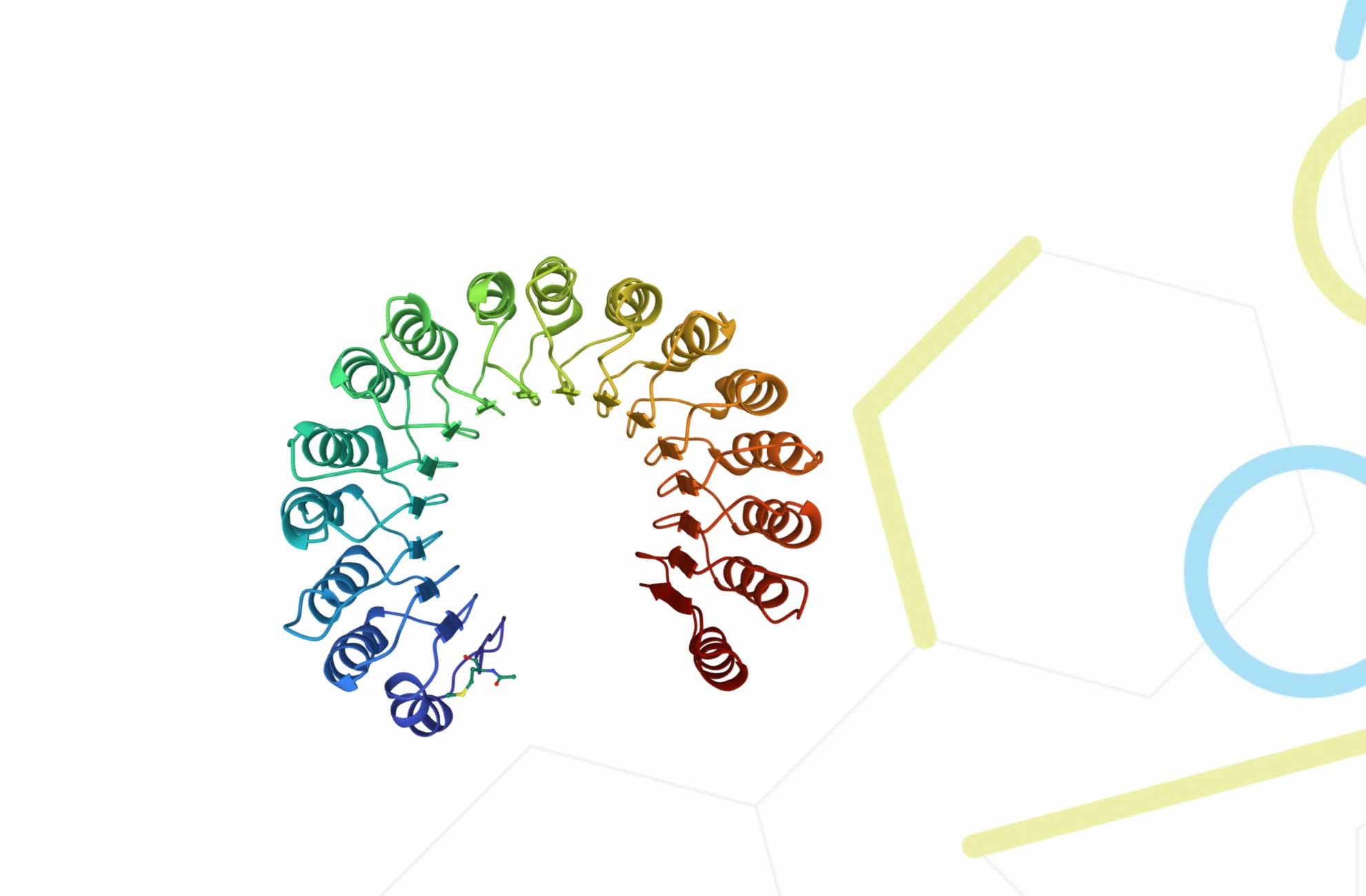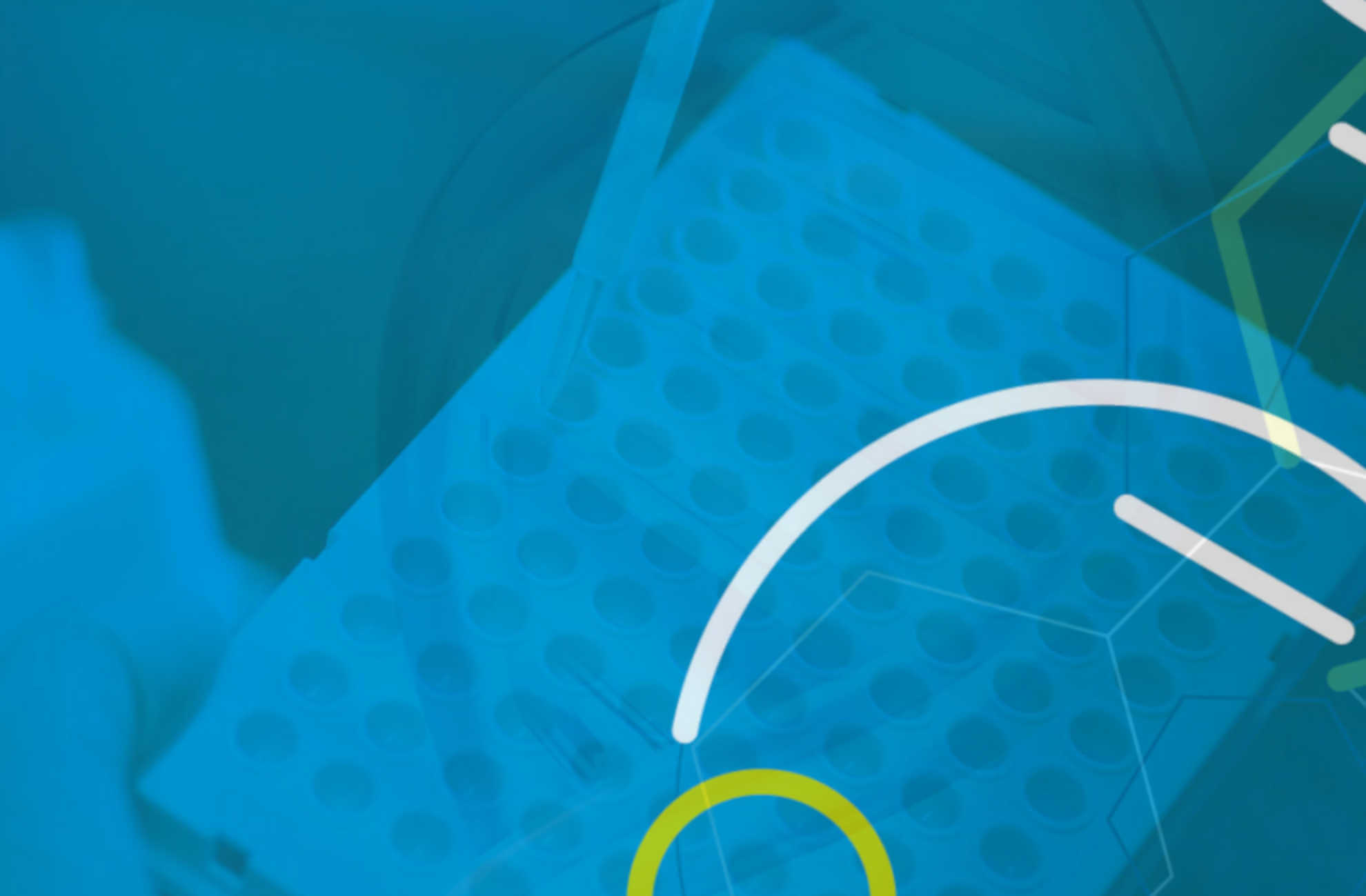12 September 2024
How to save your RNA? | Solis BioDyne
Whether you are studying the genetic material of plants, brains or viruses, the experiment usually starts with extracting RNA from the sample material. But how can we protect the RNA when RNases are all around us? Let’s find out!
What are RNases?
RNases fulfill a broad range of biological roles, and they are among the most commonly secreted enzymes by cells. They degrade RNA into smaller components and are also part of RNA processing, turnover, and gene regulation [1][2][3][4]. While RNases may ruin your experiment by contaminating and destroying the RNA you are working with, they are still essential for life in general. For example, they play key roles in the maturation of RNA molecules [1][2][5] and are included in the self-incompatibility mechanisms of plants [6]. They are the first defense against RNA viruses and are also part of more advanced cellular immune strategies (e.g. RNA interference) and much more [1][7].
You may think that after purifying RNA there are no RNases that could cause problems for the experiment, but RNases can easily enter the sample from the lab. For example, if you put your bare hand against the sample or if you haven’t properly cleaned your pipet or even from the air conditioner.
So, the only way to get excellent results, avoid RNase contamination and RNA degradation is by using RNase inhibitors while doing the PCR experiments.
What are RNase inhibitors?
RNase inhibitors inhibit RNase’s activity. Since RNase inhibitors usually occur in complex with the RNases they are inhibiting, they are important in all the same processes that were mentioned above [8]. One thing, that is specifically RNase inhibitor function and is crucial for research and diagnostics, is protecting RNA research samples from degradation by RNases [9].
How to avoid contamination during RNA extraction?
The level of precaution you have to take depends on how much of an issue contamination is for you. For example, working in hospitals tends to require higher sterilization than working in the field. Although, avoiding contamination in general is a good idea to get accurate results.
The standard requirements:
- Use clean gloves. Remember that your gloves are not clean after you open refrigerators or touch something outside the sterile zone.
- Clean all the surfaces and pipettes with 70% ethanol solution before starting the experiment. There are also different decontamination products available that destroy RNases on contact, which you can use for cleaning.
- Keep your tubes, bottles, and pipette boxes closed when you are not using them.
- Always use nuclease-free water when doing experiments and also when cleaning lab equipment that are meant to be used again, like homogenizers. The contamination can easily come from unclean water and lab supplies.
- Do the experiment under the laminar flow cabinet, if possible.
To be extra safe, you can autoclave all the tips and tubes before using them. Also, remember to keep your pipettes clean and if possible, only put the pipette tip in the tube, not the rest of the pipette. Another option is to use special tips and pipettes that are only meant for RNA experiments.
Next steps with RNA
Once your RNA is extracted, the best option to avoid contamination is to use reagents that contain RNase inhibitors. Solis BioDyne has its very own in silico designed protein-based ribonuclease inhibitor RiboGrip®, which inactivates RNases A, B and C. It is active for at least 1h at 60°C and has enhanced stability at room temperature, thanks to Stability TAG technology, with no activity loss for up to 1 month. That being said, RNA should still be kept on ice while doing the experiment as it is prone to degradation. (For long-term storage, RNA is best kept in a -80 °C freezer.)
How to analyze RNA targets using Solis BioDyne’s products?
Here you have two options, either you can do cDNA synthesis followed by qPCR or PCR or do both in one step. If you would like to get fast results with a smaller risk of contamination, we recommend the latter. If you would like to use the cDNA in the future for other experiments as well, then the first option might be better for you.
Doing experiments with Solis BioDyne’s 1-step products is super easy:
- To keep the RNA from degrading, keep it on ice.
- Mix the reagents (if there is more than one) by gently vortexing, then centrifuge briefly.
- Add primers (and probes) to the mix. (Minimize the exposure to light for probes and dye.)
- Don’t forget to include nuclease-free water.
- Finally, add template RNA.
- To make sure everything is okay, use a control (RNA-free sample).
- Mix the reaction mix thoroughly, then centrifuge briefly.
- Dispense appropriate volumes of mix into PCR wells.
- Collect and analyze the data according to instrument-specific instructions. Check replicates and amplification plot profile. Set up a standard curve if absolute quantification is desired.
- In case the results aren’t as good as you expected, please contact us and you will get the best help in no time.
Which Solis BioDyne’s products can I use for analyzing my RNA?
For your convenience, RiboGrip® is already included in all Solis BioDyne’s RT-(q)PCR products and cDNA synthesis mixes, so you can be sure that there is no RNase contamination in your experiment, and you don’t have to make any extra purchases. However, it is possible to buy RiboGrip® separately as well in regular and glycerol-free format.
RT-PCR options:
SolisFAST® 1-step RT-PCR Kit with UNG – sensitive and highly specific cDNA synthesis and end-point PCR in a single tube.
SolisFAST® 1-step RT-PCR Kit with UNG Ready to Load – sensitive and highly specific cDNA synthesis and end-point PCR in a single tube. Ready-to-Load version to streamline your gel electrophoresis workflow.
Dye-based RT-qPCR options:
SOLIScript® 1-step SolisGreen® Kit 2.0 – highly sensitive cDNA synthesis and dye-based qPCR in a single reaction. Ideal solution for cost-effective and high throughput RNA analysis.
Probe-based RT-qPCR options:
SOLIScript® Fast 1-step RT-qPCR Mix with UNG – 1-Step RT-qPCR reagent in a convenient single vial format. Includes UNG enzyme to prevent carryover contamination and false positive results. High multiplexing capacity and inhibitor tolerance enable flexible experiment design.
SOLIScript® 1-step Probe Kit – sensitive and highly specific cDNA synthesis and qPCR in a single tube. Suitable for ROX and no ROX cyclers.
SOLIScript® 1-step Multiplex Probe Kit – sensitive and highly specific cDNA synthesis and probe-based qPCR in a single tube. Ideal solution for high throughput RNA analysis.
cDNA synthesis options:
FIREScript® RT cDNA synthesis KIT – a flexible and robust cDNA synthesis kit contains all the reagents you need for first-strand cDNA synthesis. Individual components enable thorough assay optimization.
FIREScript® RT cDNA synthesis MIX – all-inclusive and the most convenient product format for first-strand cDNA synthesis. Genetically modified MMLV-based reverse transcriptase with increased thermostability and improved performance at elevated temperatures. A combined enzyme mix (FIREScript® and RiboGrip®) and a reaction premix in separate tubes allow you to choose the most appropriate priming option.
SOLIScript® RT cDNA synthesis KIT – a flexible and highly specific cDNA synthesis kit that contains all the reagents you need for first-strand cDNA synthesis. Individual components enable thorough assay optimization.
SOLIScript® RT cDNA synthesis MIX – novel in silico-engineered, thermostable reverse transcriptase with reduced RNase H activity. All-inclusive and the most convenient product format for first-strand cDNA synthesis using gene-specific primers. A combined enzyme mix (SOLIScript® and RiboGrip®) and a reaction premix in separate tubes.
References:
[1] Arraiano, C. M., Andrade, J. M., Domingues, S., Guinote, I. B., Malecki, M., Matos, R. G, Moreira, R. N., Pobre, V., Reis, F. P., Saramago, M.; Silva, I. J., Viegas, S. C. (2010). The critical role of RNA processing and degradation in the control of gene expression. FEMS Microbiology Reviews, 34(5), 883–923, https://doi.org/10.1111/j.1574-6976.2010.00242.x
[2] Snow, S., Bacon, E., Bergeron, J., Katzman, D., Wilhelm, A., Lewis, O., Syangtan, D., Calkins, A.; Archambault, L., Anacker, M. L., Schlax, P. J. (2020). Transcript decay mediated by RNase III in Borrelia burgdorferi. Biochemical and Biophysical Research Communications, 529(2), 386–391. doi:10.1016/j.bbrc.2020.05.201
[3] Wellner, K., Betat, H., Mörl, M. (2018). A tRNA’s fate is decided at its 3′ end: Collaborative actions of CCA-adding enzyme and RNases involved in tRNA processing and degradation. Biochimica et Biophysica Acta (BBA) – Gene Regulatory Mechanisms, 1861(4), 433-441. doi: 10.1016/j.bbagrm.2018.01.012.
[4] Kang, S. O., Caparon, M. G., Cho, K. H. (2010). Virulence Gene Regulation by CvfA, a Putative RNase: the CvfA-Enolase Complex in Streptococcus pyogenes Links Nutritional Stress, Growth-Phase Control, and Virulence Gene Expression. Infection and Immunity, 78(6), 2754–2767. doi:10.1128/IAI.01370-09
[5] Reiner, R., Ben-Asouli, Y., Krilovetzky, I., Jarrous, N. (2006). A role for the catalytic ribonucleoprotein RNase P in RNA polymerase III transcription. Genes & development, 20(12), 1621–1635. https://doi.org/10.1101/gad.386706
[6] Williams, J. S., Wu, L., Li, S., Sun, P., Kao, T.-H. (2015). Insight into S-RNase-based self-incompatibility in Petunia: recent findings and future directions. Frontiers in Plant Science, 6(), –. doi:10.3389/fpls.2015.00041
[7] Ilinskaya, O. N., & Mahmud, R. S. (2014). Ribonucleases as antiviral agents. Molecular biology, 48(5), 615–623. https://doi.org/10.1134/S0026893314040050
[8] Yakovlev, G. I., Mitkevich, V. A., Makarov, A. A. (2006). Ribonuclease Inhibitors. Molecular Biology, 40(6): 867-874. DOI: 10.1134/S0026893306060045
[9] Dickson, K. A., Haigis, M. C., Raines, R. T. (2005). Ribonuclease inhibitor: structure and function. Progress in nucleic acid research and molecular biology, 80, 349–374. https://doi.org/10.1016/S0079-6603(05)80009-1

 Find products for your research
Find products for your research


